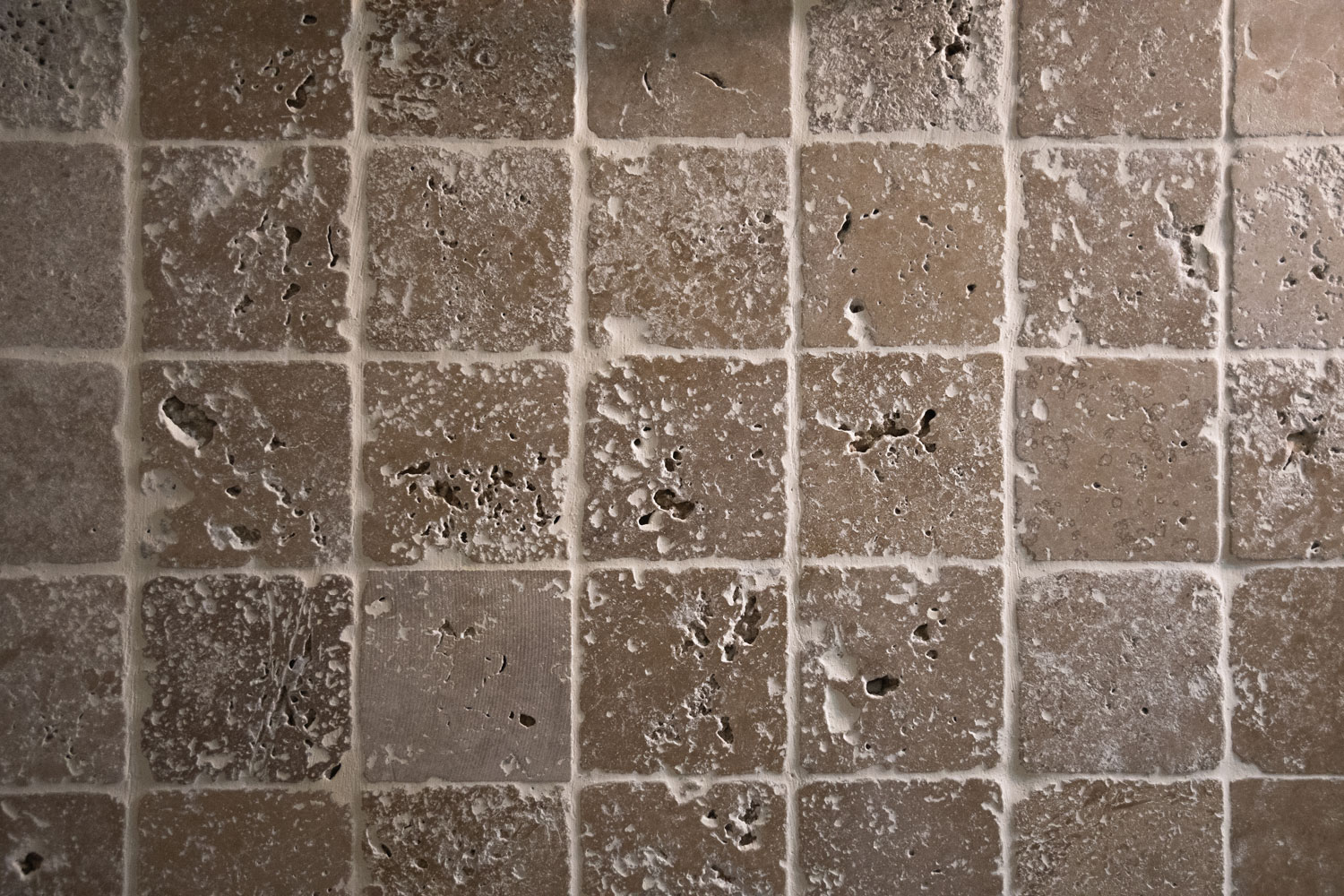When mold growth becomes a problem in your home, you need to understand the difference between porous and non-porous materials. Mold can grow on the surface of non-porous materials while mold can grow on and through porous materials.
Although not all molds are toxic, it is impossible to determine which are and which aren’t without laboratory testing. Mold grows indoors and outdoors and thrives in conditions with moisture, lack of direct light, and an organic food source. When mold reproduces it does so by producing microscopic spores that can easily dispersed by even slight air movement. When remediating mold, you need to approach the process in different ways, depending on the type of surface it’s growing on.
Non-Porous Surfaces
Common non-porous materials in your house include ceramic tile, metal sinks, glass, metal cabinet and door handles. The term ‘non-porous’ means materials that air or liquid can’t pass through. Mold has no way of growing below the surface of non- porous materials. How should you clean the mold off of these non-porous surfaces?
- 1. Use a HEPA-rated vacuum to remove as much of the visible mold as possible.
- 2. Using a spray bottle wet the moldy area with a water-and-detergent solution to prevent any remaining mold and mold spores from being easily spread.
- 3. Use vinegar to scrub the affected surface. Allow the vinegar to dwell on the surface.
- 4. Rinse the surface with clean water and then dry thoroughly.
Porous Surfaces
It is practically impossible to completely remove mold from porous materials. Examples of porous materials include the drywall, carpeting, wallpaper, and acoustical ceiling tiles. Wood is also considered a non-porous surface. It is always best to discard porous materials that are contaminated by mold. Only in cases involving fine art or textiles would it possibly be worth the expense of removing mold contamination. When remediating mold on porous materials:
- Set up containment – use 6-mil plastic to isolate the areas containing mold from unaffected areas. When the mold only covers a small area (less than 10 square feet), you can place plastic over it and use duct tape to seal the plastic. Then cut the contaminated area out and bag it for disposal.
- All moldy materials should be bagged before removing them from the contained area.
- Once the contaminated material is removed, vacuum with a HEPA-rated vacuum
- Damp-wipe the area with a detergent solution and allow the remaining materials to completely dry.
- Repeat this vacuuming and wiping process after 24 hours
Before replacing any materials that were removed, make sure that the area has been completely dried out. If any moisture is still present when you are doing reconstruction, the moisture will be absorbed into the new materials and the mold may return.
Mold Remediation Precautions
Whether the surface is porous or non-porous, make sure you have taken the following precautions. This is of utmost importance to your health!
- Wear respiratory protection – an N-95 particulate respirator, approved by the National Institute for Occupational Safety and Health (NIOSH) is ideal.
- Wear clothing that can be laundered or disposed of.
- Wear latex gloves and eye protection.
- Never mix bleach and ammonia, it will create toxic gases.
- Always use a HEPA air scrubber inside the contained area or room.
Call Water Mold Fire Restoration at 800-905-0277 if you think you’re in over your head or you are not sure if you have the appropriate protective gear. Our mold removal experts can help eliminate your mold problem. If you prefer you can contact us for help by emailing help@watermoldfire.net.








